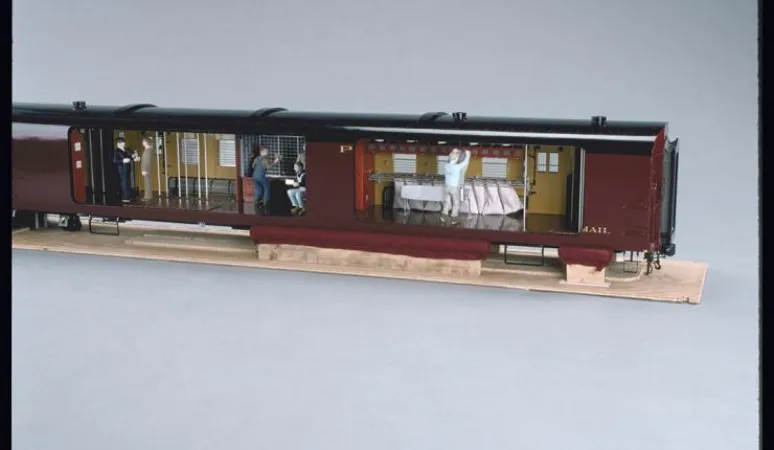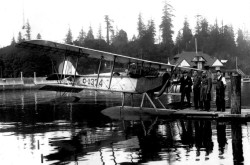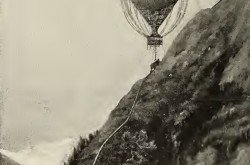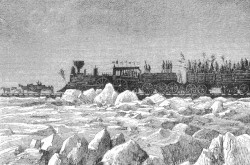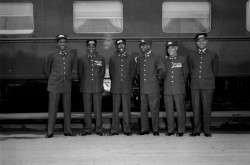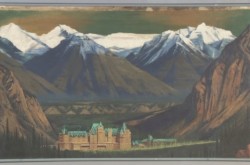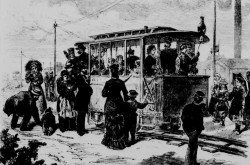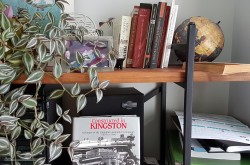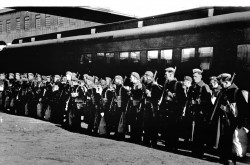The first mail car on North American trains (1854)
This article was originally written and submitted as part of a Canada 150 Project, the Innovation Storybook, to crowdsource stories of Canadian innovation with partners across Canada. The content has since been migrated to Ingenium’s Channel, a digital hub featuring curated content related to science, technology and innovation.
The first railway post offices appeared on Canadian railways in 1854 and were the first to be used in North America. Trains were first used to transport sealed mail bags in 1840, a few years after the first steam train in Canada was introduced in 1836. But railway post offices were what marked the beginning of the golden age of the railway mail service. At this time, Great Britain was transferring responsibility for the postal service to the government of the Province of Canada. Starting in 1854, mail was transported and sorted by employees in little travelling post offices. Railway post offices revolutionized traditional mail transportation (by animal-powered vehicles, canoes, ships) by increasing processing and delivery speeds and reaching remote and isolated communities. The railway mail service continued to expand until 1950 before being discontinued in 1971.



